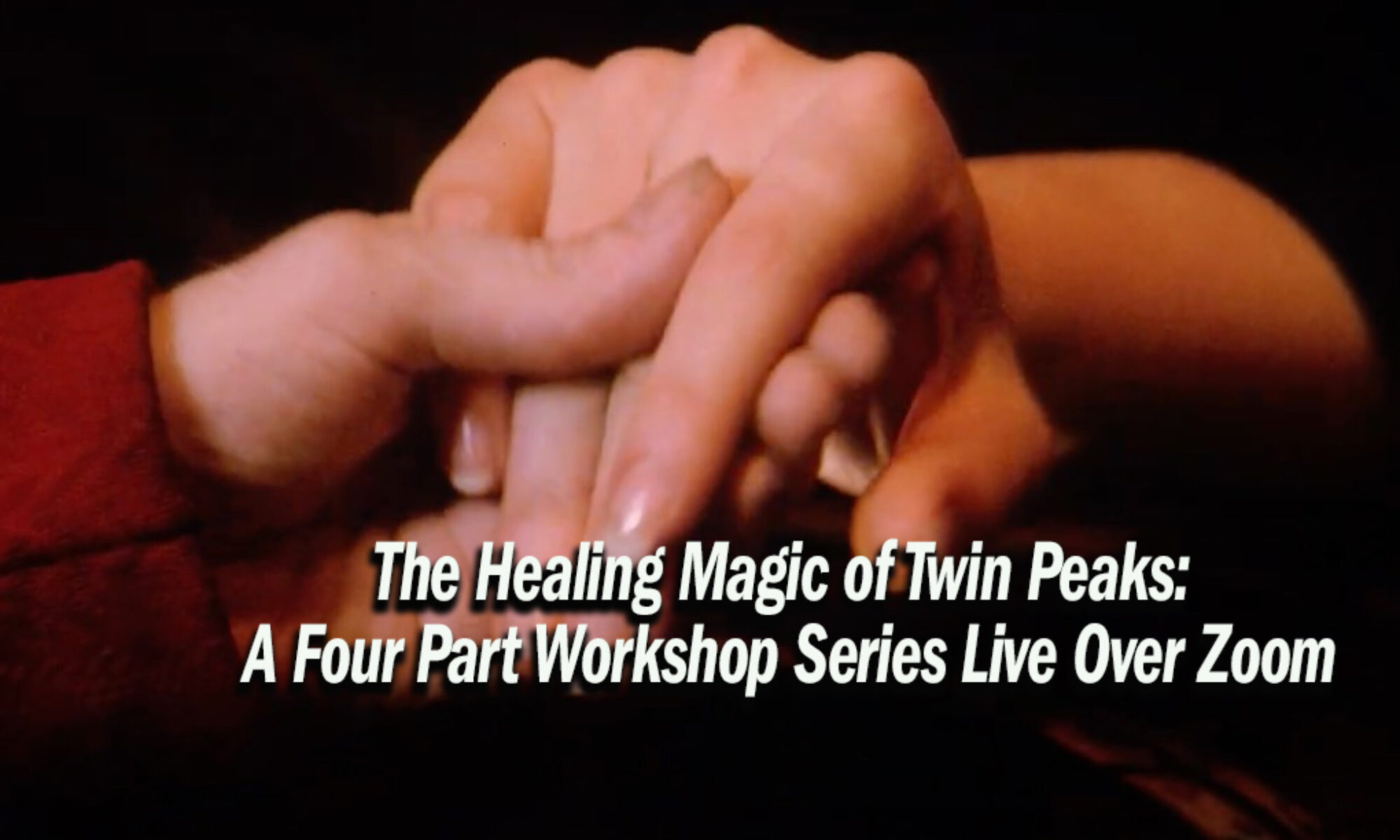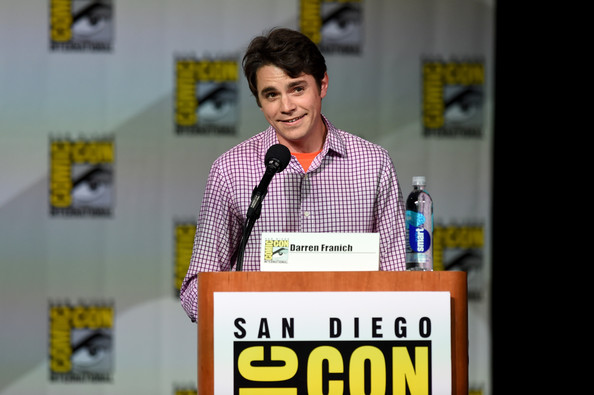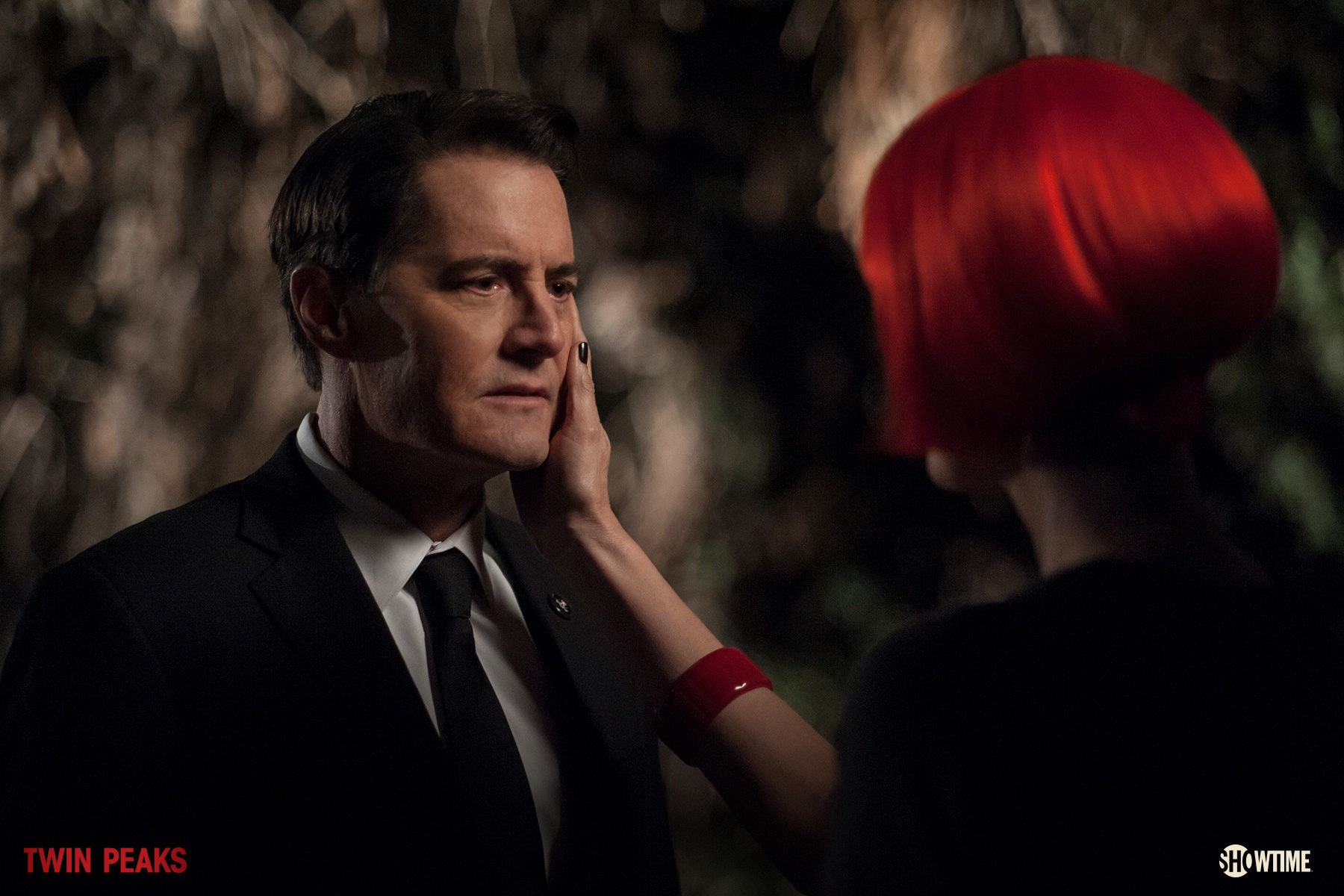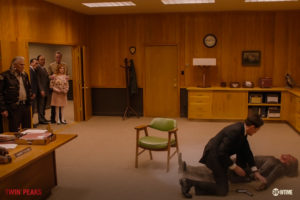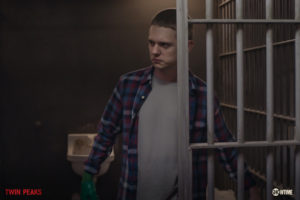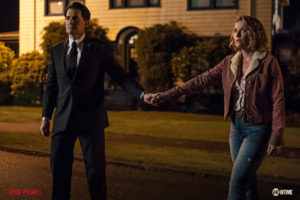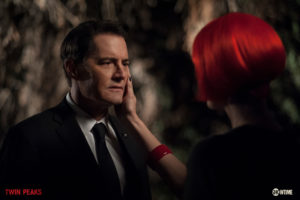
Darren Franich and Jeff Jensen hosted the Entertainment Weekly‘s podcast about Twin Peaks over the summer of 2017. Now, Darren Franich joins Scott Ryan and John Thorne to talk about the lasting effects of the new Twin Peaks on the television landscape. They discuss how the pacing, storytelling and mood will be viewed through future television programs. Topics include Atlanta, Star Trek, The Good Fight, Adventure Time, The Sopranos and more.
We get Darren’s theory on who the billionaire behind the box is (he is crazy) and some discussion on the short lived Tracy from Part 1. This is an a wide talk about television just like listeners of The Red Room Podcast have come to expect. We also talk a bit about Issue 5, on sale now, of The Blue Rose.
Listen to 3 Twin Peaks/TV fans talk about some of our favorite topics on episode 149 of The Red Room Podcast.
Listen here or head out to iTunes to download.
PRESS PLAY:
Subscribe to the 2018 Package of The Blue Rose
Follow The Blue Rose on Twitter and Facebook
Check out these Twin Peaks products, including the eVersions of the Blue Rose.
Watch a Promo for Issue #5 filmed at Twin Peaks location.
